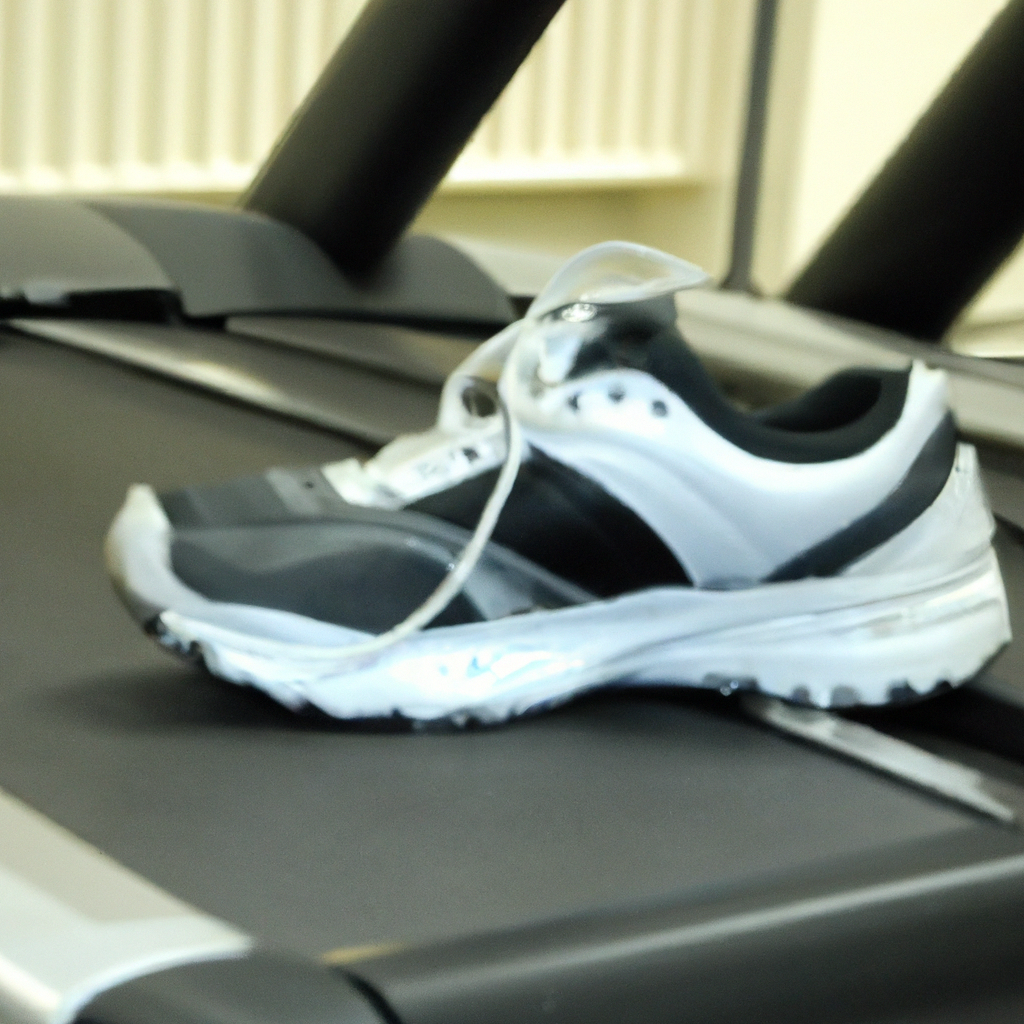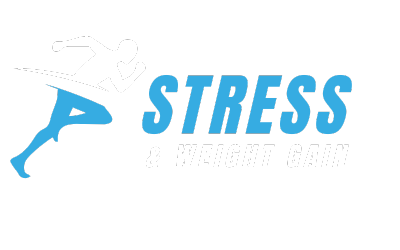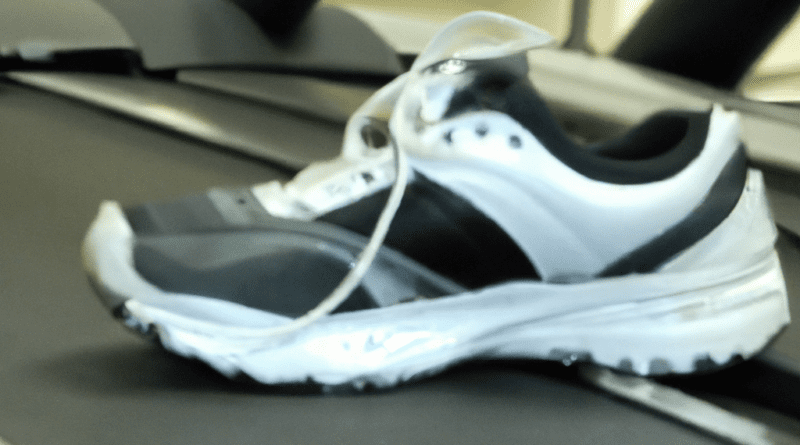Weightloss For Busy People Fat
Are you a busy individual struggling to shed those extra pounds? If so, look no further! “Weightloss For Busy People Fat” is the ultimate guide designed specifically for people like you. With a focus on practical and manageable strategies, this article provides valuable tips and tricks to help you achieve your weight loss goals, even with a busy lifestyle. Say goodbye to crash diets and unrealistic exercise routines – it’s time to discover a sustainable approach to losing weight that fits seamlessly into your daily routine. Say hello to a healthier, fitter you!

Understanding Weight Loss
Losing weight can be a common goal for many individuals, and it’s important to have a thorough understanding of the process in order to achieve long-lasting results. To start, it’s crucial to comprehend the concept of a caloric deficit, which is the foundation of weight loss. This basically means that in order to shed pounds, you need to consume fewer calories than your body burns.
Caloric Deficit
A caloric deficit occurs when you consume fewer calories than your body needs to maintain its current weight. By creating this deficit, your body must rely on stored fat to make up for the energy shortfall, resulting in weight loss. It’s important, however, to strike a balance and not go to extreme measures to create an excessive caloric deficit, as this can be detrimental to your health.
Types of Fat
Understanding the different types of fat in your body is essential when embarking on a weight loss journey. Two common types of fat are subcutaneous fat, which is located just under the skin, and visceral fat, which wraps around important organs. While subcutaneous fat is relatively harmless, excessive amounts of visceral fat can increase the risk of developing various health conditions.
Metabolism and Fat Burn
Your metabolism plays a crucial role in weight loss, as it determines how efficiently your body burns calories. While some individuals may have naturally faster metabolisms, there are several ways to boost your metabolism and increase fat burn. Engaging in regular physical activity, building lean muscle mass, and consuming certain foods can all help to rev up your metabolic rate.
Health Risks Associated with Excess Fat
Excessive fat in the body can lead to a wide range of health risks. These risks include cardiovascular diseases, type 2 diabetes, high blood pressure, and certain types of cancer. By maintaining a healthy weight and reducing excess fat, you can significantly lower the chances of developing these serious medical conditions.
Creating a Caloric Deficit
Now that you have a solid understanding of the basics of weight loss, it’s time to dive into the practical steps for creating a caloric deficit.
Set Realistic Goals
One of the first steps in creating a caloric deficit is setting realistic goals. It’s important to be honest with yourself about what you can realistically achieve within a given time frame. Setting attainable goals will help to keep you motivated and prevent feelings of discouragement.
Tracking Daily Caloric Intake
To ensure you are in a caloric deficit, it’s crucial to track your daily caloric intake. There are many apps and websites available that can help you easily monitor the number of calories you consume each day. By keeping a close eye on your caloric intake, you can make adjustments as needed to stay on track with your weight loss goals.
Calculating Basal Metabolic Rate (BMR)
Calculating your Basal Metabolic Rate (BMR) is another essential step in creating a caloric deficit. Your BMR is the number of calories your body needs to maintain its current weight at rest. By knowing your BMR, you can determine how many calories you should consume each day to create a deficit and achieve weight loss.
Dietary Changes
To create a caloric deficit, it’s important to make dietary changes that align with your weight loss goals. This may include reducing portion sizes, choosing healthier food options, and limiting the consumption of high-calorie beverages. By making conscious choices about your eating habits, you can create a sustainable caloric deficit and achieve your weight loss goals.
Optimizing Nutrition
In addition to creating a caloric deficit, it’s crucial to focus on optimizing your nutrition for effective weight loss.
Eating a Balanced Diet
Eating a balanced diet is key to supplying your body with the necessary nutrients while also promoting weight loss. Incorporate a variety of fruits, vegetables, whole grains, lean proteins, and healthy fats into your meals. This ensures that you are getting a wide range of vitamins, minerals, and antioxidants to support overall health and aid in weight loss.
Avoiding Processed Foods
Processed foods, such as sugary snacks and fast food, can be a major obstacle when it comes to weight loss. These foods are often high in calories, unhealthy fats, and additives, while lacking essential nutrients. By avoiding or minimizing processed foods in your diet, you can reduce empty calorie intake and improve the overall quality of your nutrition.
Choosing Nutrient-Dense Foods
To optimize your weight loss efforts, focus on consuming nutrient-dense foods. These are foods that are rich in nutrients but relatively low in calories. Examples include leafy greens, colorful fruits and vegetables, lean proteins, whole grains, and legumes. By choosing nutrient-dense foods, you can stay satisfied while keeping your caloric intake in check.
Meal Planning and Prepping
Meal planning and prepping can be incredibly helpful when trying to maintain a healthy diet and create a caloric deficit. By taking the time to plan your meals and prepare them in advance, you can avoid impulsive food choices and be better equipped to meet your nutrition goals. Additionally, meal prepping can save you time and make healthy eating more convenient throughout the week.

Efficient Workout Strategies
While creating a caloric deficit through nutrition is essential for weight loss, incorporating regular physical activity into your routine can greatly enhance your results.
HIIT (High-Intensity Interval Training)
HIIT, or high-intensity interval training, has gained popularity in recent years for its efficiency in burning calories and fat. This type of workout involves short bursts of intense exercise followed by periods of rest or lower-intensity activity. HIIT workouts can be completed in a relatively short amount of time, making them perfect for those with busy schedules.
Strength Training
Strength training is an excellent way to build lean muscle mass, which can increase your metabolism and improve fat burn. By incorporating resistance exercises into your routine, such as weightlifting or bodyweight exercises, you can build strength, increase muscle definition, and support your weight loss efforts.
Incorporating Cardiovascular Exercises
Cardiovascular exercises, such as running, swimming, or cycling, are effective in burning calories and improving overall cardiovascular health. By incorporating regular cardio sessions into your fitness routine, you can enhance your weight loss efforts and improve your endurance and stamina.
Maximizing Limited Time with Compound Movements
If you find yourself short on time, compound movements are a great way to make the most of your workouts. Compound exercises engage multiple muscle groups at once, allowing you to burn more calories in less time. Examples of compound movements include squats, lunges, push-ups, and deadlifts.
Managing Stress and Sleep
Managing stress levels and prioritizing quality sleep are often overlooked aspects of weight loss. However, they play a significant role in overall health and can greatly impact your weight loss journey.
Impact of Stress on Weight Loss
Chronic stress can negatively affect weight loss efforts by increasing the production of cortisol, a hormone associated with weight gain. Additionally, stress can lead to emotional eating and cravings for unhealthy, high-calorie foods. By managing stress effectively, you can minimize its impact on your weight loss progress.
Stress Reduction Techniques
Incorporating stress reduction techniques into your daily routine can help mitigate the negative effects of stress. This includes activities such as yoga, meditation, deep breathing exercises, or engaging in hobbies that promote relaxation. Find what works best for you and make it a priority to practice stress reduction regularly.
Prioritizing Quality Sleep
Getting enough quality sleep is crucial for overall health and weight management. Lack of sleep can disrupt hormones that regulate hunger and fullness, increase cravings for unhealthy foods, and impair cognitive function. Aim for 7-9 hours of uninterrupted sleep each night to support your weight loss goals.
Setting a Bedtime Routine
Establishing a consistent bedtime routine can help signal to your body that it’s time to wind down and prepare for sleep. This can include activities such as reading a book, taking a warm bath, or practicing relaxation techniques. By creating a calming routine, you can improve the quality of your sleep and support your weight loss efforts.
Meal Planning and Healthy Habits
In addition to the specific strategies discussed earlier, there are several other healthy habits you can incorporate into your routine to promote weight loss.
Portion Control
Practicing portion control is essential for weight management. It involves being mindful of serving sizes and listening to your body’s hunger and fullness cues. Use smaller plates and bowls, savor each bite, and avoid eating in front of screens or other distractions. Portion control can help you maintain a caloric deficit and prevent overeating.
Mindful Eating
Mindful eating involves paying attention to the sensory experience of eating and staying present in the moment. This means eating slowly, savoring each bite, and being aware of your body’s hunger and fullness cues. By practicing mindful eating, you can enhance your enjoyment of food, prevent emotional eating, and make more conscious choices about what and how much you eat.
Healthy Snack Options
Choosing healthy snack options can help you stay on track with your weight loss goals between meals. Opt for snacks that are rich in nutrients and low in calories, such as fresh fruits, vegetables with hummus, Greek yogurt, or a handful of nuts. These snacks will provide you with the energy you need while keeping unnecessary calories at bay.
Drinking Sufficient Water
Staying hydrated is crucial for overall health and can support your weight loss efforts as well. Drinking sufficient water throughout the day can help curb cravings, boost metabolism, and assist in proper digestion. Aim to drink at least 8 cups (64 ounces) of water per day, or more if you are physically active or in a hot climate.
Incorporating Physical Activity into Daily Routine
Finding ways to incorporate physical activity into your daily routine is key to maintaining an active lifestyle and supporting weight loss.
Active Commuting
If possible, consider incorporating active commuting into your daily routine. This can involve walking or cycling to work, taking the stairs instead of the elevator, or getting off public transportation a few stops earlier and walking the rest of the way. Active commuting not only helps burn calories but also promotes cardiovascular health.
Take Frequent Breaks
When stuck in a sedentary job or lifestyle, it’s important to take frequent breaks to move your body. Set reminders to stand up and stretch every hour, take short walks during lunch breaks, or engage in quick exercises like jumping jacks or squats. These breaks not only help burn calories but also improve focus and overall productivity.
Using Technology for Fitness
In today’s digital age, there are numerous fitness apps and wearable devices available that can help you track your physical activity, set goals, and stay motivated. Use technology to your advantage by utilizing these tools to monitor your progress, challenge yourself, and stay accountable to your fitness goals.
Joining Fitness Challenges or Clubs
Joining fitness challenges or clubs can provide a sense of community and motivation. Whether it’s a local running club, a virtual fitness challenge, or a group exercise class, these opportunities allow you to connect with like-minded individuals who share similar goals. The support and camaraderie can help keep you motivated and engaged in your fitness journey.
Prioritizing Mental Health
Weight loss isn’t just about physical changes, but also about prioritizing your mental well-being. Taking care of your mental health can support your weight loss journey and overall happiness.
Creating Mental Space
In the midst of a busy life, it’s important to create mental space for yourself. This can be done through activities such as meditation, journaling, or simply taking a few moments each day to reflect and unwind. By creating mental space, you can relieve stress, improve focus, and make more mindful choices throughout the day.
Engaging in Hobbies
Engaging in hobbies that bring you joy and fulfillment is essential for mental well-being. Whether it’s painting, playing a musical instrument, gardening, or practicing a sport, hobbies provide an outlet for self-expression and relaxation. By nurturing your hobbies, you can reduce stress, boost creativity, and enhance overall life satisfaction.
Practicing Mindfulness
Mindfulness involves being fully present in the current moment and non-judgmentally aware of your thoughts, feelings, and sensations. By practicing mindfulness, you can reduce stress, improve emotional well-being, and make more conscious choices. Incorporate mindfulness into your daily routine by engaging in activities such as mindful breathing, body scans, or guided meditation.
Seeking Support and Accountability
Don’t underestimate the power of seeking support and accountability from others on your weight loss journey. Whether it’s through joining a support group, working with a weight loss coach, or simply sharing your goals with a trusted friend or family member, having a support system can greatly enhance your motivation and help you stay on track.
Overcoming Time Constraints
For busy individuals, finding time for healthy habits and weight loss can be a challenge. However, with some strategies and tweaks to your routine, it is possible to overcome time constraints and create lasting change.
Batch Cooking and Freezing Meals
Batch cooking and freezing meals in advance can be a time-saving and convenient strategy for busy individuals. Set aside a specific day each week to prepare large quantities of healthy meals that can be portioned out and stored in the freezer. This way, you can quickly and easily grab a nutritious meal when time is limited.
Utilizing Slow Cookers and Instant Pots
Slow cookers and instant pots are great kitchen appliances for busy individuals. Simply toss in your ingredients, set the timer, and let the device do the cooking for you. These appliances allow you to prepare healthy and flavorful meals with minimal effort and time investment.
Incorporating Short, Effective Workouts
When time is limited, prioritize short but effective workouts. High-intensity interval training (HIIT), mentioned earlier, is an excellent option as it can provide maximum results in a short amount of time. Additionally, focusing on compound movements and engaging multiple muscle groups simultaneously can help maximize efficiency during your workouts.
Time Management Techniques
Implementing effective time management techniques can help you make the most of your day and create time for healthy habits. Prioritize your tasks, set realistic goals, delegate when possible, and eliminate unnecessary time-wasting activities. Proper time management allows you to allocate dedicated time for exercise, meal preparation, and self-care.
Creating Sustainable Habits
Lastly, when focusing on weight loss, it’s important to create sustainable habits that can be maintained for the long term. Crash diets or extreme measures may yield fast results initially, but they are rarely sustainable or beneficial in the long run.
Gradual Lifestyle Changes
Rather than making drastic changes overnight, focus on making gradual lifestyle changes. Slowly incorporate healthier eating habits, increase your physical activity over time, and work on improving your overall well-being. By taking small steps, you can build a solid foundation for sustainable weight loss and long-term health.
Setting Realistic Expectations
It’s essential to set realistic expectations for your weight loss journey. Remember that everyone’s body is unique, and progress may vary from person to person. Instead of focusing solely on the number on the scale, pay attention to how you feel, your energy levels, and the positive changes you notice in your body and overall well-being.
Finding Balance
A sustainable weight loss journey is all about finding balance. It’s important to nourish your body with wholesome foods, prioritize physical activity, and take care of your mental health. However, it’s also important to allow room for indulgences and flexibility in your routine. Aim for a balanced approach that allows you to enjoy life while still making progress towards your weight loss goals.
Building a Supportive Environment
Surrounding yourself with a supportive environment can greatly assist in creating sustainable habits. Whether it’s enlisting the help of a workout buddy, joining a weight loss group, or sharing your goals with loved ones, having a support system can provide motivation, encouragement, and accountability. Choose to spend time with individuals who support your healthy choices and empower you on your weight loss journey.
In conclusion, weight loss for busy individuals is possible with a comprehensive approach that focuses on creating a caloric deficit, optimizing nutrition, incorporating efficient workout strategies, managing stress and sleep, practicing healthy habits, prioritizing mental health, overcoming time constraints, and building sustainable habits. Remember to start with a solid understanding of the basics, set realistic goals, and embrace the journey towards a healthier and happier you.

